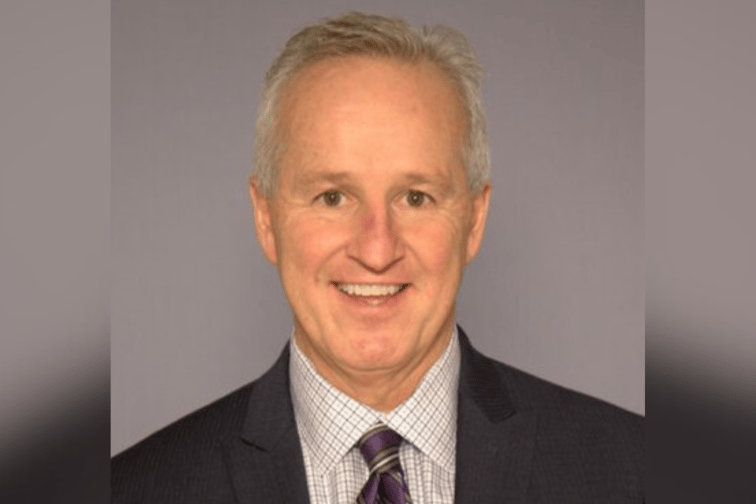

High-net-worth and ultra-high-net-worth individuals have a greater appetite for risk, which includes purchasing real estate in high-risk locations prone to flooding, wildfires and other nat cats, according to Robb Lanham, chief sales officer for HUB.
This leaves carriers and brokers constantly trying to find new coverage options, especially as this cohort can make skewed assumptions about insurance.
“They think that because they are good customers without major claims history and an expensive house that insurance companies will want to cover them,” Lanham said. “I've had insurance companies ask me to never write another house insurance policy — they're actually not looking for growth.”
Additionally, a realtor selling properties in these highly contested areas may not be disclosing the breadth of risk and vulnerability to a client.
Since developers are still putting homes in vulnerable geographies, Lanham is hoping government intervention can help thwart more dangerous building projects.
“Hopefully the government will step in and said that if you choose to be risky and build there, there will be no insurance available,” Lanham said.
“Self-insurance will be the last resort and watered down coverage the tipping point that may scare customers away from these regions.”
In an interview with Insurance Business, Lanham spoke about what factors in the insurance industry have changed how insurance and risk is calculated.
He also discussed how these clients can be a better risk.
Having started in insurance in 1987 and working with HNW and UHNW clients, Lanham has witnessed key changes in the industry that have complicated both policy writing and the understanding of risk.
“With the evolution of global warming and convective storms, areas that are not used to such events are experiencing unprecedented losses,” Lanham said, pointing to Texas the freezing in Texas and the level of flooding in Eastern Canada.
“The houses were not built to withstand such strong weather.”
While there are far better policies than ever before, insurance companies are not able to raise their rates in tandem with how costly these losses can be, due to legislative parameters.
As a result, Lanham is witnessing carriers scaling back on the breadth of coverage they are able to write in order to stay in business.
“We're going to have really, really expensive policies, and they're not going to cover as broadly as before,” he said.
This has led many clients in better financial situations to question the value and necessity of insurance, while also creating an environment where clients in areas of very little capacity to have to shop around for various types of coverage.
“We're now having to layer insurance companies on top of each other and demarcate who will take the first million and who take the next,” Lanham said.
“And so that's a whole other world where agents are getting creative if the client doesn’t want to go down the self-insurance route.”
Lanham believes that HNW and UHNW will have to pay more themselves to be a better risk for insurers. He described a scenario when a client was up for renewal, but their premium was to shoot up from $10,000 to over $70,000.
“The person ended up spending over $100,000 on a more resilient roof to bring the premium down to much more affordable $20,000,” he noted.
Due to thorough data analytics from carriers, there is now better predictive modelling that can help keep premiums from spiking substantially and avoiding the need for self-insurance.
“While those with infinite wealth may resort to self-insurance because they have the out-of-pocket funds to make their property more resilient, we expect this will be the same with those who choose to purchase coverage,” Lanham said.
“They're going to have to take some of the responsibility, whether that’s installing water shutoff devices or hiring an arborist to clear their property of potentially damaging vegetation.”
